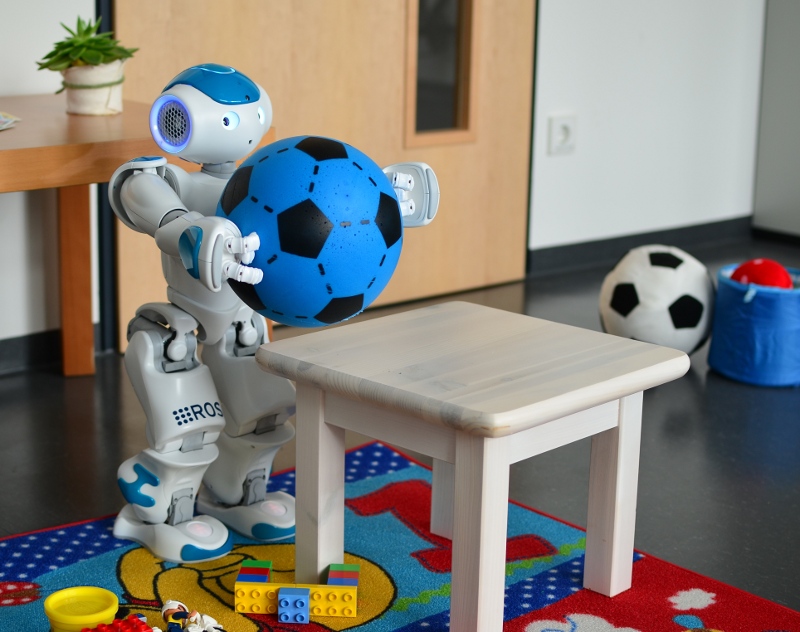Robotics Laboratory - Projects
Project 1: Sokobot - Symbolic planning for a robot to solve sokoban.
Contact: Dr. Christian Dornhege, Dr. Andreas HertleThis project will solve the classical sokoban computer game in the real world. First, a world model needs to be provided that represents a 2d occupancy map as a sokoban grid. This requires that world's entities as boxes and goal locations can be easily set in the GUI. Next, our symbolic planner will be applied to solve the Sokoban task. The state from the world model needs to be provided as symbolic predicates and symbolic actions need to be translated to geometric robot movements. The planner will be embedded in an existing continual planning executive that already provides the necessary interfaces.
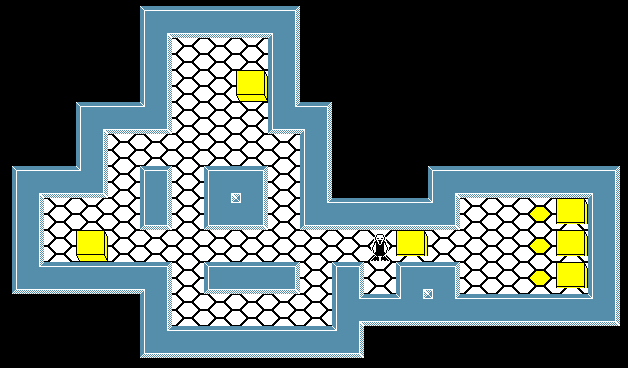
Project 2: Sokobot - Robot skills for detecting and pushing boxes in sokoban.
Contact: Dr. Christian Dornhege, Dr. Andreas HertleThis project will provide robotics skills that are needed to solve the sokoban problem on a real robot. The first task is to be able to detect the color-coded boxes and estimate their pose. The second task will be to provide navigation skills in the sokoban world. ROS' standard navigation stack can be used for normal motions. Push actions will need to adapt the provided skills as any reasonable navigation implementation does actively avoid collisions and thus does not allow pushing objects. Additionally the localization might need to be adapted as it assumes a static world model.
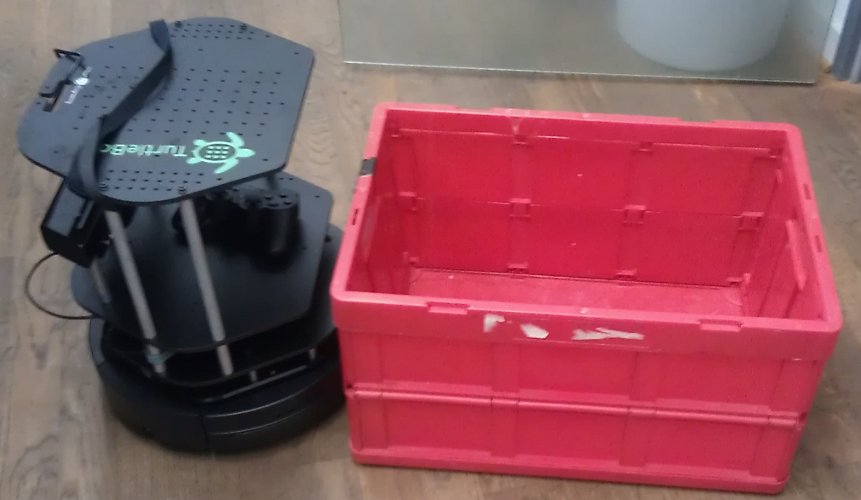
Project 3: Development of a generic robot calibration procedure.
Contact: Armin Hornung, Dr. Christian Dornhege, Dr. Andreas HertleRobot calibration is the process of determining sensor positions and properties on a mobile robot. This is often carried out by hand measuring, which leads to unprecise measurements. This is a source of error that influences every algorithm on the robot, and thus a proper calibration significanlty impacts the robot's performance. In this project a generic calibration procedure will be developed that can be applied to various robots. Given data in a known ground truth environment an error measure is defined and the calibration is derived by using a least squares error optimizer. It will be applied to 2D and 3D distance sensors on the Nao and the Rescue robot, but should be developed to be generic.
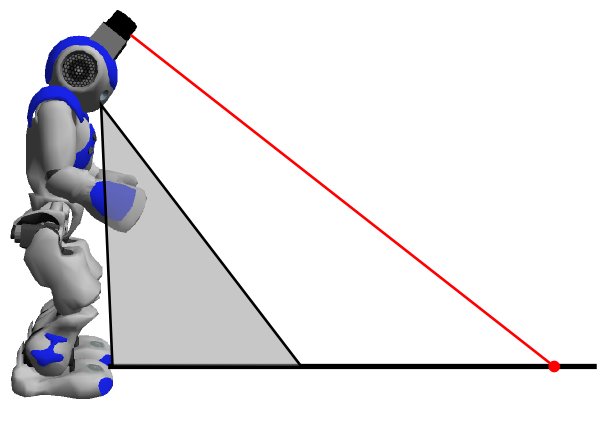
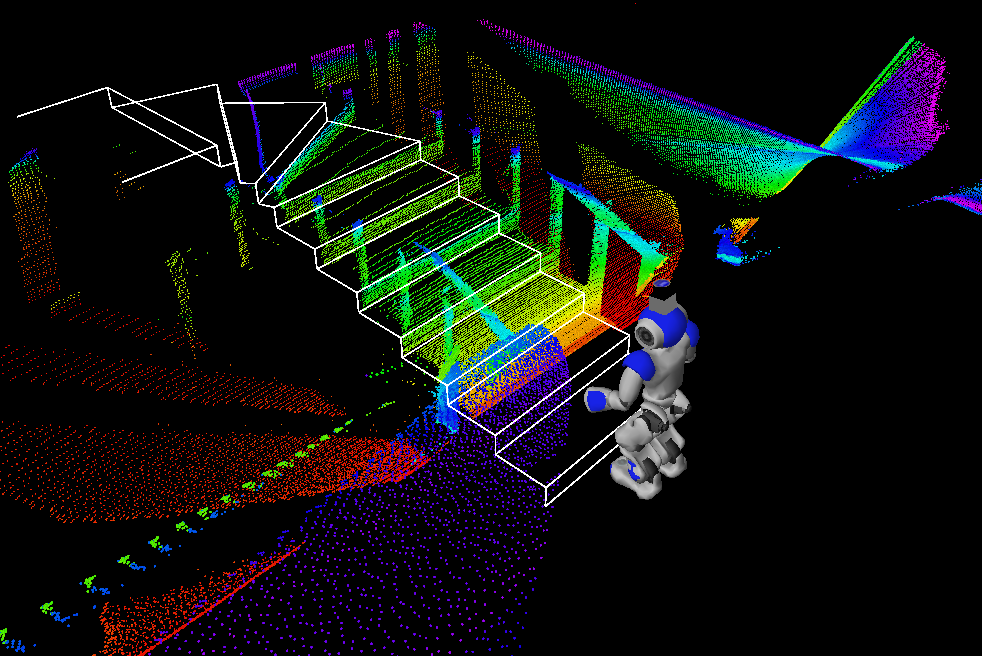
Project 4: High-level planning for humanoid navigation in cluttered environments (2-3 students).
Contact: Armin Hornung, Dr. Christian DornhegeThe goal of this project is to reach a navigation goal with a Nao humanoid. Along its path, various obstacles can block the way. Some of these can be kicked aside (e.g. a ball), others need to be carried away or need to be completely avoided. You will design some of these motions for the humanoid and integrate all actions in a global symbolic PDDL planner in ROS.
